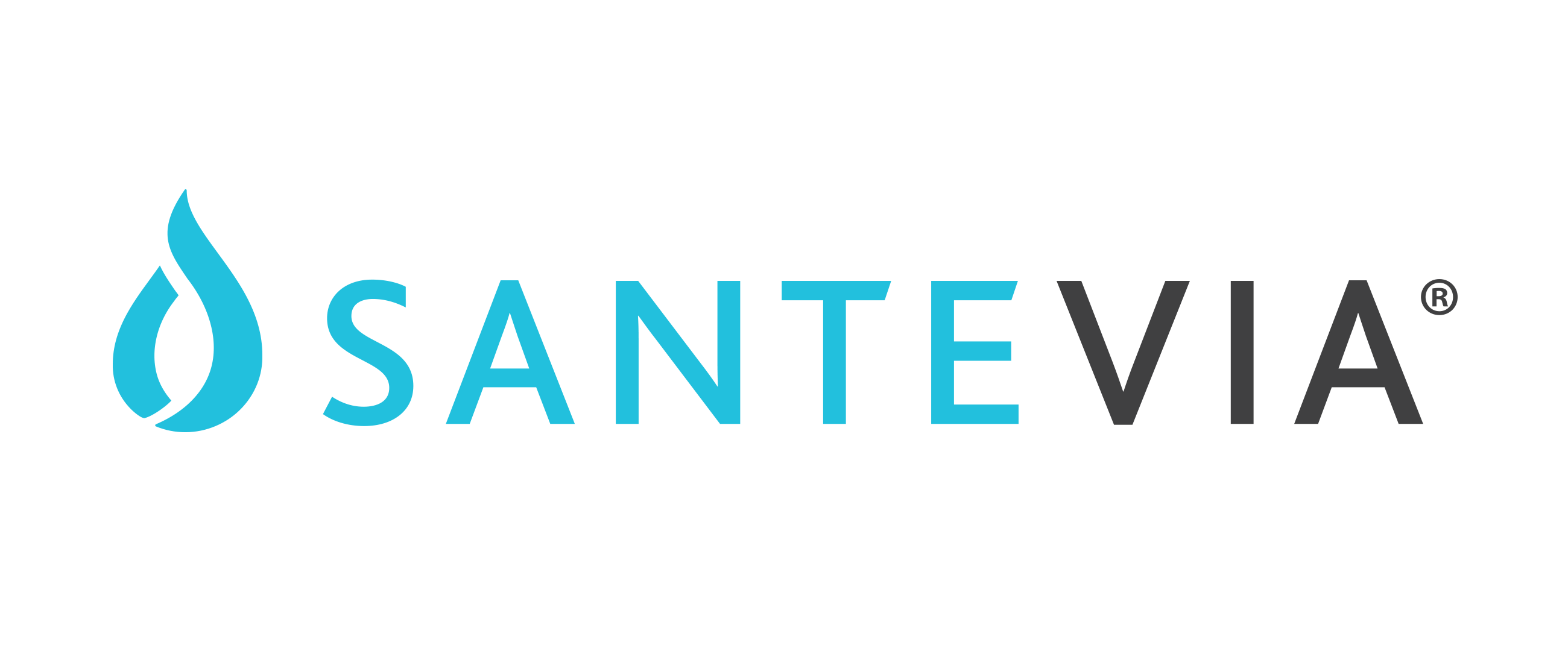What is PFAS and PFOS? A Deep Dive into These Harmful Chemicals and How to Protect Your Drinking Water

Highlights
- Introduction to PFAS and PFOS
- Origin of these chemicals
- PFAS/PFOS pose health concerns
- PFAS/PFOS are present in drinking water
- Santevia's role in filtering PFAS and PFOS
- Government action to address the issue
Introduction: What are PFAS and PFOS?
Perfluoroalkyl substances (PFAS) and perfluorooctane sulfonate (PFOS) are man-made chemicals that have been widely used in various industries due to their unique properties, such as resistance to water, oil, and heat. However, these same properties make them extremely persistent in the environment and in human bodies, leading to significant health concerns. But don't worry, there are ways to protect yourself from these harmful chemicals, and we'll discuss how Santevia can help.
Origin of PFAS/PFOS: Where do they come from?
PFAS and PFOS were first synthesized in the 1940s and have since been used in a wide range of consumer and industrial products, including firefighting foam, non-stick cookware, stain-resistant carpets, and water-resistant clothing.1,2 Due to their resistance to degradation, these chemicals can persist in the environment for years and can travel long distances through air and water, leading to widespread contamination.2,3
Dangers of PFAS/PFOS to human health
Numerous studies have linked exposure to PFAS and PFOS with various health problems, including high cholesterol, low birth weight, immune system dysfunction, and even certain types of cancer.4,5 These chemicals have been detected in the blood of virtually all people tested, indicating their widespread presence in the environment and the potential for ongoing exposure through contaminated air, water, and food.6
PFAS/PFOS in drinking water
One major source of exposure to PFAS and PFOS is contaminated drinking water.7 These chemicals can leach into groundwater and surface water from industrial sites, landfills, and firefighting foam use.8 Drinking water supplies serving millions of people in the United States and Canada have been found to contain levels of PFAS and PFOS that exceed health advisory limits.9,10
How Santevia filters PFAS and PFOS
Santevia's MINA Pitcher is designed to effectively filter out 99% of PFAS and PFOS from your drinking water, ensuring that you and your family are protected from these harmful contaminants.11 In addition to removing these chemicals, the MINA Pitcher also adds essential minerals such as calcium, magnesium, and potassium back into your water, making it healthier and better tasting. The World Health Organization even recommends drinking mineralized water for optimal health.12
What is the government doing?
Governments in the United States and Canada are taking steps to address the issue of PFAS and PFOS contamination. This includes setting stricter regulations for the use and disposal of these chemicals, investing in research to better understand their impacts on human health and the environment, and working to clean up contaminated sites.13,14 However, progress can be slow, and it's essential to take steps to protect yourself and your family from exposure in the meantime.
Conclusion
PFAS and PFOS are harmful chemicals that can persist in the environment and pose significant health risks. Drinking water is a major source of exposure, but there are ways to protect yourself. Santevia's MINA Pitcher effectively filters out 99% of these contaminants while also providing you with mineralized water that tastes great. By choosing Santevia, you're not only safeguarding your health but also supporting North American manufacturing.
Citations
- Organisation for Economic Co-operation and Development (OECD). Toward a new comprehensive global database of per- and polyfluoroalkyl substances (PFASs): Summary report on updating the OECD 2007 list of per- and polyfluoroalkyl substances (PFASs). OECD Series on Emission Scenario Documents; 2018.
- Buck RC, Franklin J, Berger U, et al. Perfluoroalkyl and polyfluoroalkyl substances in the environment: Terminology, classification, and origins. Integr Environ Assess Manag. 2011;7(4):513-541.
- Ahrens L, Bundschuh M. Fate and effects of poly- and perfluoroalkyl substances in the aquatic environment: A review. Environ Toxicol Chem. 2014;33(9):1921-1929.
- Steenland K, Fletcher T, Savitz DA. Epidemiologic evidence on the health effects of perfluorooctanoic acid (PFOA). Environ Health Perspect. 2010;118(8):1100-1108.
- Sunderland EM, Hu XC, Dassuncao C, Tokranov AK, Wagner CC, Allen JG. A review of the pathways of human exposure to poly- and perfluoroalkyl substances (PFASs) and present understanding of health effects. J Expo Sci Environ Epidemiol. 2019;29(2):131-147.
- Centers for Disease Control and Prevention (CDC). Fourth national report on human exposure to environmental chemicals. Atlanta, GA: U.S. Department of Health and Human Services, CDC; 2019.
- Hu XC, Andrews DQ, Lindstrom AB, et al. Detection of poly- and perfluoroalkyl substances (PFASs) in U.S. drinking water linked to industrial sites, military fire training areas, and wastewater treatment plants. Environ Sci Technol Lett. 2016;3(10):344-350.
- Post GB, Louis JB, Cooper KR, Boros-Russo BJ, Lippincott RL. Occurrence and potential significance of perfluorooctanoic acid (PFOA) detected in New Jersey public drinking water systems. Environ Sci Technol. 2009;43(12):4547-4554.
- Health Canada. Guidelines for Canadian drinking water quality: Guideline technical document – Perfluorooctane sulfonate (PFOS). Ottawa, ON: Health Canada; 2018.
- U.S. Environmental Protection Agency (EPA). Drinking water health advisory for perfluorooctane sulfonate (PFOS). Washington, DC: U.S. EPA; 2016.
- Santevia Water Systems. Santevia MINA Alkaline Pitcher performance data sheet. Support.santevia.com. 2021. [Accessed 2023-04-07]. Available from: https://support.santevia.com/hc/en-us/articles/360043932133
- World Health Organization (WHO). Calcium and magnesium in drinking water: Public health significance. Geneva, Switzerland: WHO; 2009.
- Government of Canada. Federal actions on perfluoroalkyl and polyfluoroalkyl substances (PFAS). Ottawa, ON: Government of Canada; 2021. [Accessed 2023-04-07]. Available from: https://www.canada.ca/en/environment-climate-change/services/canadian-environmental-protection-act-registry/federal-actions-perfluoroalkyl-polyfluoroalkyl-substances.html
- 14. U.S. Environmental Protection Agency (EPA). EPA's per- and polyfluoroalkyl substances (PFAS) action plan. Washington, DC: U.S. EPA; 2019.
- Santevia Water Systems. About us. Santevia.com. 2021. [Accessed 2023-04-07]. Available from: https://santevia.com/about-us/
- Eastman Chemical Company. The facts about Tritan. Tritanmoldit.com. 2021. [Accessed 2023-04-07]. Available from: https://www.tritanmoldit.com/the-facts-about-tritan
- Wynn E, Krieg MA, Aeschlimann JM, Burckhardt P. Alkaline mineral water lowers bone resorption even in calcium sufficiency: Alkaline mineral water and bone metabolism. Bone. 2009;44(1):120-124.

